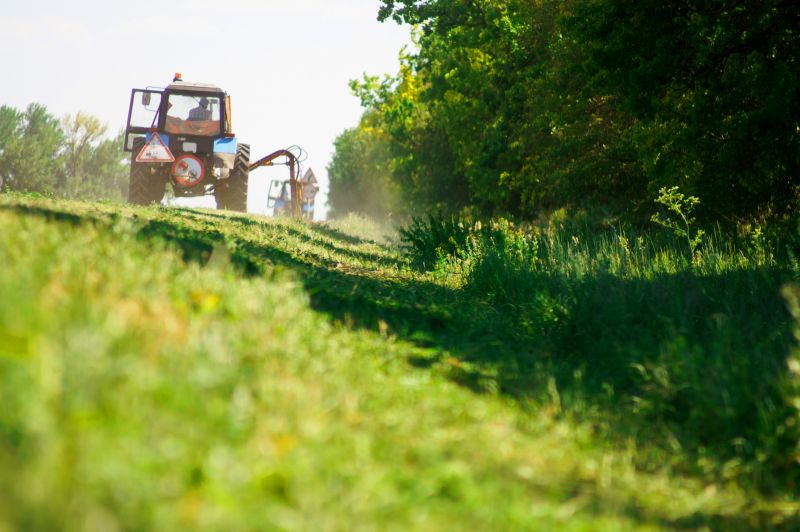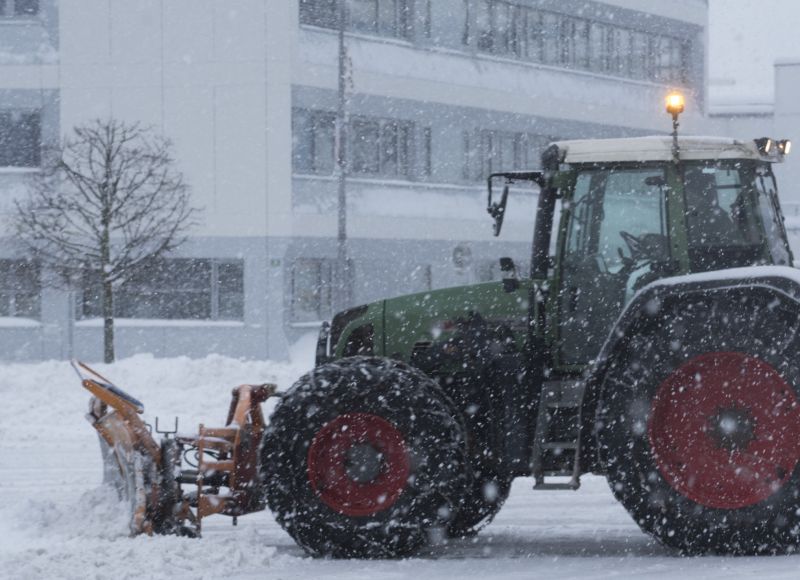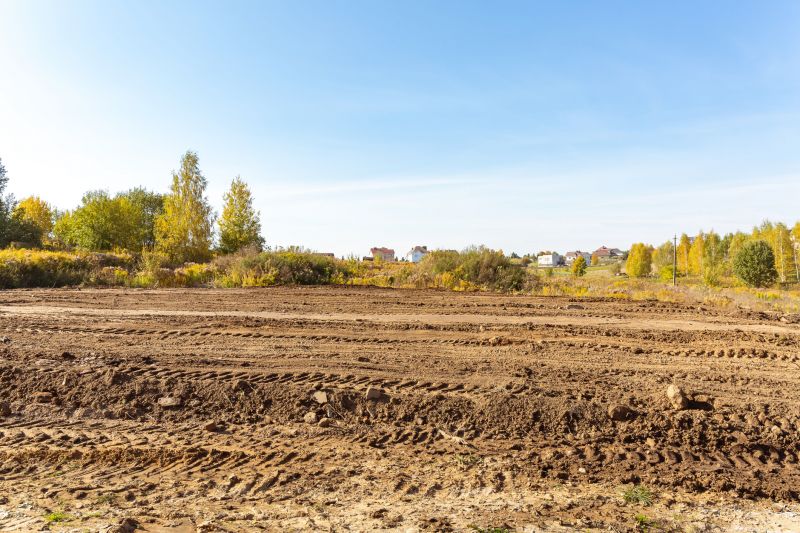Optimal Seasons for Land Clearing
Land clearing involves the removal of trees, brush, and other vegetation to prepare a site for construction, agriculture, or development. Timing plays a significant role in the efficiency and safety of land clearing projects. Choosing the optimal time can reduce costs, improve safety, and ensure the work is completed effectively.
Spring is ideal for land clearing due to moderate weather conditions and active plant growth, which facilitates easier removal of vegetation.
Summer offers longer daylight hours but can pose challenges with heat and dry conditions, increasing fire risk and equipment strain.
Fall provides cooler temperatures and less vegetation growth, making it suitable for clearing before winter.
Winter can be effective in colder regions where ground frost stabilizes soil, but frozen ground can hinder machinery movement.

Spring vegetation is lush, making it easier to identify areas needing removal.

Summer's extended daylight allows for longer work hours despite challenging weather.

Fall offers cooler temperatures and less dense vegetation.

Ways to make Land Clearings work in tight or awkward layouts.

Popular materials for Land Clearings and why they hold up over time.

Simple add-ons that improve Land Clearings without blowing the budget.
| Season | Advantages |
|---|---|
| Spring | Moderate weather, active plant growth, easier vegetation removal |
| Summer | Longer daylight hours, extended work periods |
| Fall | Cooler temperatures, less vegetation |
| Winter | Frozen ground stabilizes soil, suitable in colder regions |
Land clearing is a critical first step in many construction and development projects. Proper timing ensures that the process is completed efficiently, reducing delays and potential hazards. Factors such as soil conditions, vegetation type, and weather patterns influence the ideal period for clearing activities. In regions with distinct seasons, late winter to early spring often provides optimal conditions, as soil is thawed but not overly saturated, and vegetation has not yet fully regrown.
Statistics indicate that land clearing during the right season can decrease project duration by up to 20 percent and reduce equipment wear due to favorable weather conditions. Planning ahead and selecting the appropriate time frame can lead to cost savings and safer work environments, especially in areas prone to heavy rainfall or extreme temperatures.

Heavy machinery used during optimal seasons enhances efficiency.

Effective clearing depends on vegetation density and season.

Frozen ground in winter can facilitate certain clearing techniques.

Proper timing results in clean, prepared sites.
Interested in scheduling land clearing at the most suitable time for your project? Filling out the contact form can provide guidance on planning and executing land clearing efficiently, tailored to local climate conditions in Cumming, GA.


